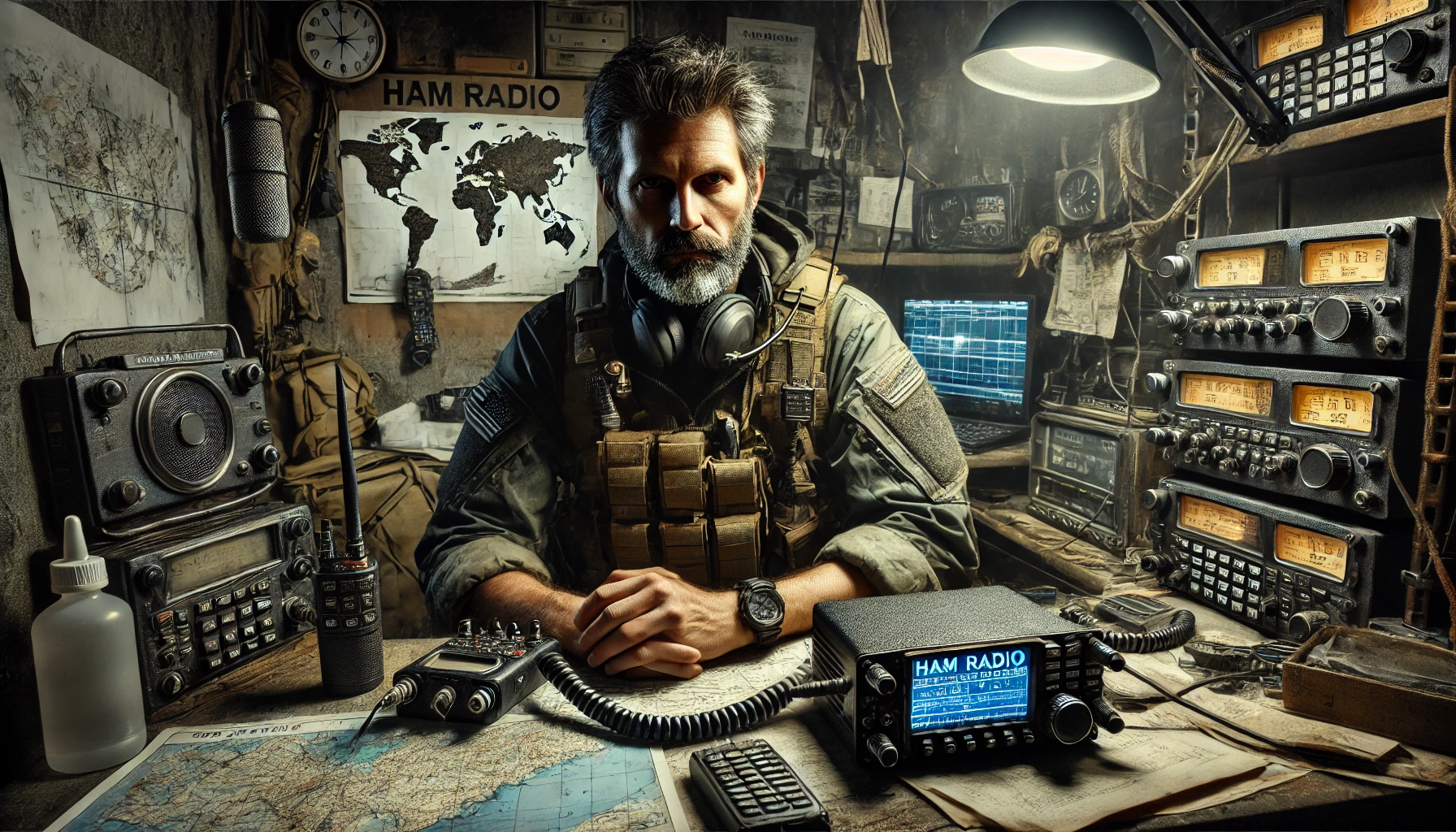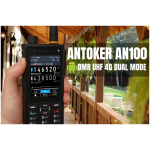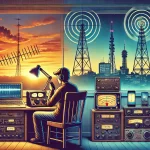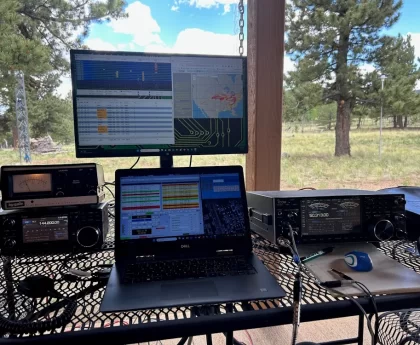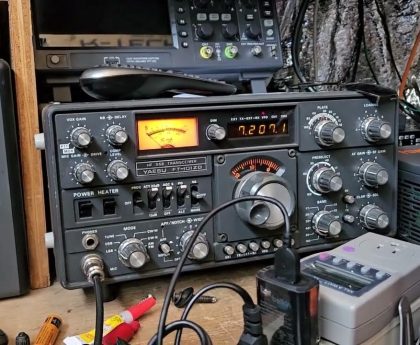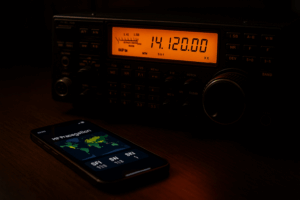Join our Exclusive Ham Radio Newsletter
In an age where almost every aspect of communication depends on fragile digital infrastructure, few people stop to consider what would happen if it all suddenly disappeared. A world without cell service, without internet access, without emergency broadcasts—how would you stay informed? How would you coordinate with your loved ones? How would you ensure your survival in the face of a prolonged disaster?
For preppers and survivalists, this is not a hypothetical scenario. It’s a real and growing concern, made even more pressing by the increasing frequency of cyberattacks, natural disasters, and geopolitical instability. In such situations, ham radio remains one of the most powerful and reliable tools for communication, offering a lifeline when modern networks fail.
This article explores why ham radio is an essential part of any prepper’s toolkit, how it can be used effectively in a survival scenario, and why those who control information in a crisis are often the ones who survive and thrive.
Why Modern Communication Systems Are Fragile
Most people assume that in an emergency, their smartphones will still work. But history has proven that modern communication networks are among the first things to collapse in a crisis.
During Hurricane Katrina, for example, the cell towers that remained standing were quickly overloaded, leaving many residents without any way to call for help. The same thing happened in Puerto Rico after Hurricane Maria, when nearly 90% of cell towers were knocked out, cutting off millions of people from the outside world.
Even in less extreme situations, reliance on centralized digital infrastructure leaves us vulnerable. A single cyberattack on a major telecom provider can cripple internet and phone service for millions, as seen in past incidents where hackers targeted fiber optic networks.
Meanwhile, governments around the world have demonstrated their ability—and willingness—to shut down communications in times of unrest. During protests, riots, or martial law situations, authorities have blocked internet access, jammed radio signals, and even cut power to specific regions to control the flow of information.
So, what happens when you can no longer rely on your phone, your Wi-Fi, or even emergency broadcasts? That’s where ham radio comes in.
The Power of Ham Radio in a Crisis
Ham radio operates independently of centralized infrastructure, making it one of the few communication methods that can function even when everything else is offline. Unlike cell phones or the internet, which require complex networks of towers, servers, and satellites, ham radios can communicate peer-to-peer or bounce signals off the ionosphere to reach vast distances.
A properly equipped ham radio operator can:
- Stay in contact with family and survival groups even when local networks fail.
- Receive real-time updates on the crisis by listening to emergency frequencies and other operators.
- Coordinate evacuation plans and resource distribution with others in their network.
- Monitor government and military broadcasts to understand what’s really happening.
- Establish off-grid messaging systems that are impossible to censor or control.
This level of independence is critical in a prolonged disaster, where the ability to gather accurate information and communicate effectively can mean the difference between life and death.
Setting Up a Survival Communication Plan
Simply owning a ham radio is not enough. To truly be prepared, you need a structured communication plan that ensures you can use your equipment effectively when the time comes.
1. Choose the Right Equipment
Not all ham radios are created equal. Some are designed for short-range, local communication, while others can transmit thousands of miles under the right conditions. A well-prepared survivalist should have:
- A handheld VHF/UHF radio for local communication within 5-10 miles.
- A mobile/base station radio with a good antenna for regional coordination.
- An HF radio capable of long-distance communication beyond state or national borders.
Each of these serves a different purpose, and having the right mix ensures maximum flexibility in a crisis.
2. Powering Your Radio Off-Grid
A radio without power is useless. Since many disasters come with prolonged power outages, it’s essential to have alternative power sources. The best options include:
- Solar panels with battery banks for continuous off-grid power.
- Hand-crank or generator-based chargers for emergencies.
- Extra battery packs and rechargeable options for handheld radios.
With the right setup, you can maintain indefinite communication capabilities, even if the power grid never comes back online.
3. Establishing a Communication Network
A single radio operator is limited in what they can accomplish. But a well-organized network of operators can create an entire off-grid communication system that keeps a community informed and connected.
Preppers should:
- Identify trusted contacts in their local area who also use ham radio.
- Establish pre-arranged frequencies and check-in times for their group.
- Create coded messages and communication protocols to prevent eavesdropping.
- Regularly practice using their radios in drills and emergency simulations.
A networked approach to survival communication ensures that even in the worst situations, information still flows, resources are shared efficiently, and security threats are identified before they become critical.
The Future of Off-Grid Communication
As the world becomes increasingly unstable, reliance on independent, decentralized communication systems is growing. New technologies, such as LoRa mesh networks and digital HF transmission, are making it possible for survivalists to build completely private, infrastructure-free communication systems that operate outside of government control.
At the same time, governments and corporations are accelerating their ability to monitor and restrict communication, making it more important than ever for preppers to understand how to operate covertly and maintain secure information channels.
The future belongs to those who can adapt, communicate, and stay informed, no matter what happens.
Final Thoughts: Why You Need to Prepare Now
Disasters don’t wait for you to be ready. When the grid goes down, you either have a reliable communication system in place, or you don’t. Those who prepare before the crisis will be able to navigate the chaos, stay connected with loved ones, and make informed survival decisions while everyone else is left in the dark.
For those who want to take their preparedness seriously, learning how to use ham radio for survival is not optional—it’s essential.
To get a complete, step-by-step guide on building a reliable, effective emergency communication system, check out Ham Radio for Preppers: The Essential Survival Communications Guide.
This book covers everything from choosing the right equipment and setting up a survival network to advanced security techniques and real-world case studies of how ham radio has saved lives in past disasters.
When the world goes silent, the people who can still talk, still listen, and still coordinate will be the ones who decide what happens next.
Make sure you’re one of them.
Check our selection of Hamradio e-books
-
Sale!

Mastering APRS
Original price was: $59.99.$47.99Current price is: $47.99.
A Comprehensive Guide – ebook
⭐⭐⭐⭐⭐ -
Sale!

Mastering FT8
Original price was: $59.99.$47.99Current price is: $47.99.
A Comprehensive Guide to the Ultimate Digital Mode – ebook
⭐⭐⭐⭐⭐ -
Sale!

Stealth CB Antennas
Original price was: $59.99.$47.99Current price is: $47.99.
A Masterclass in Innovation and Disguise – ebook
⭐⭐⭐⭐⭐ -
Sale!

Ace Your Ham Radio Exam
Original price was: $59.99.$47.99Current price is: $47.99.
Technician, General, and Extra Class – ebook
⭐⭐⭐⭐⭐ -
Sale!

DMR for Hams
Original price was: $59.99.$47.99Current price is: $47.99.
The Ultimate Beginner’s Guide – ebook
⭐⭐⭐⭐⭐ -
Sale!

D-STAR, DMR & Fusion
Original price was: $59.99.$47.99Current price is: $47.99.
A Beginner’s Guide – ebook
⭐⭐⭐⭐⭐ -

Mastering the 6-Meter Band
$47.99
The Ultimate Guide – ebook
⭐⭐⭐⭐⭐ -
Sale!

Integrating Ham Radio with Modern Technology
Original price was: $59.99.$47.99Current price is: $47.99.
IoT, Raspberry Pi, and More – ebook
⭐⭐⭐⭐⭐ -
Sale!

D-STAR, DMR & Fusion
Original price was: $59.99.$47.99Current price is: $47.99.
Guia para Principantes – ebook
⭐⭐⭐⭐⭐ -
Sale!
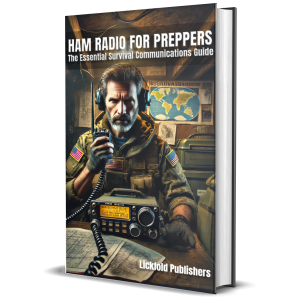
Ham Radio for Preppers
Original price was: $59.99.$47.99Current price is: $47.99.
The Essential Survival Communications Guide – ebook
⭐⭐⭐⭐⭐ -
Sale!

Mastering Marine Radio
Original price was: $59.99.$47.99Current price is: $47.99.
A Sailor’s Guide to Confident Communication – ebook
⭐⭐⭐⭐⭐

Enter shop

